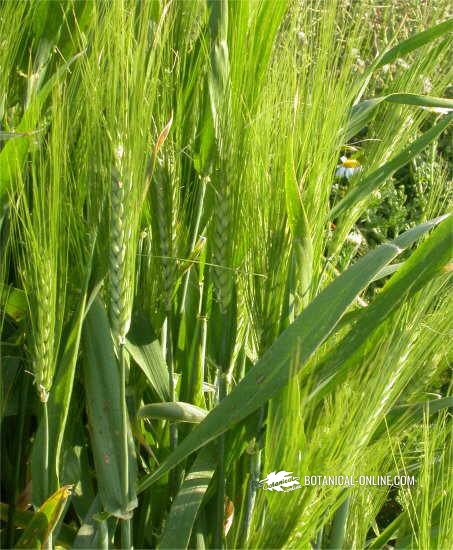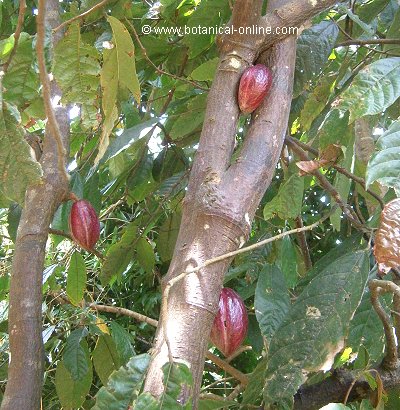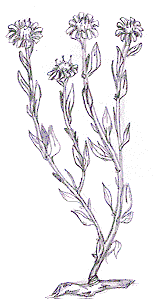Contents
- 1 What do olives provide?
- 1.1 WHAT KIND OF FOOD ARE OLIVES?
- 1.2 How much does an olive weigh?
- 1.3 How much oil does 1 kg of olives produce?
- 1.4 How many calories does an olive have?
- 1.5 Are olives very fattening?
- 1.6 How many olives should I eat a day?
- 1.7 WHAT ARE OLIVES GOOD FOR?
- 1.8 Olives help prevent cardiovascular disease
- 1.9 Benefits of olive fat
- 1.10 Vitamin E content of olives
- 1.11 What are the differences between black olives and green olives?
- 1.12 What properties do green olives and black olives have?
- 1.13 DISADVANTAGES OF OLIVES
- 1.14 Possible drawbacks in dyslipidemia (cholesterol and triglycerides)
- 1.15 Possible drawbacks in hypertension
What do olives provide?
WHAT KIND OF FOOD ARE OLIVES?

Olives are a fruit, from which oil is sometimes extracted, due to their content of monounsaturated fatty acids, which turn out to be heart-healthy.
How much does an olive weigh?
An olive usually weighs an average of about 3 g.
How much oil does 1 kg of olives produce?
Not all olives have the same productive level of extractable oil.
From the olive with high oil production, it can be extracted on 25-30% of extra virgin oil, by cold pressing and by mechanical systems (without the application of solvents or temperature that increase their extraction and production).
How many calories does an olive have?
An olive has an average of about 4 or 5 calories.
Are olives very fattening?
The amount of fat ingested, per recommended serving per day, does not usually entail a considerable increase in weight, as long as their consumption is, as we have said, the indicated and not excessive.
Obviously, if food is consumed in excess, it can lead to an increase in caloric intake, leading to an increase in weight.
How many olives should I eat a day?
It is recommended to eat about 7 olives daily.
WHAT ARE OLIVES GOOD FOR?
Olives help prevent cardiovascular disease
Due to their content in vitamin A and vitamin C, with antioxidant properties, as well as for their richness in unsaturated fatty acids, olives contribute to maintaining arteries and heart health, preventing heart attacks, poor circulation, arteriosclerosis, stroke, etc.
Benefits of olive fat
About 80% of their weight is water, while their fat content is around 10%.
The fat provided by olives is made up of 80% unsaturated fatty acids and the remaining 20% are saturated fatty acids.
Among the unsaturated fat, we find monounsaturated (oleic acid) and polyunsaturated (omega 3 and omega 6) both fats with very healthy effects on our body.
Although the amounts of oleic acid, which is monounsaturated, are much higher and majority, compared to the relatively low amounts of linoleic and linolenic acids, which are polyunsaturated and essential, belonging to omega 6 and omega 3 families respectively.
Vitamin E content of olives
At the level of their vitamin E content, as we can see in the table of nutritional composition, 100 grams of olives, provide us with 3 mg of vitamin E.
The drained net weight of a standard size can of olives is 150 grams.
The RDA (recommended daily amount), is 12 mg of vitamin E per day, which is considered an aid to meet the demands of this vitamin but must be completed with other foods rich in it, otherwise we will increase the caloric intake too much and consuming this food.
What are the differences between black olives and green olives?
Black olives and green olives are not olives of different classes. Black olives are olives that are ripe, while green olives have this color because they have not matured enough.
Green olives have a harder meat and a more bitter flavor than black olives.
What properties do green olives and black olives have?

Nutritionally, their nutritional properties are similar.
DISADVANTAGES OF OLIVES
Possible drawbacks in dyslipidemia (cholesterol and triglycerides)
It is possible that in case of overweight or obesity, with high cholesterol levels, a moderation in their consumption is required.
But not because it is a bad contribution of healthy fats, but because of their caloric content, their sodium content and because the consumption of total fat in people with high cholesterol or triglycerides should be moderated and controlled.
Possible drawbacks in hypertension
We must bear in mind that a high sodium intake could increase some risk factors associated with the state of dyslipidemia.
That is, high cholesterol is usually associated with other conditions that often occur at the same time, such as hypertension, with which we must control the consumption of olives, because they are two risk factors that enhance each other; with negative consequences for health if not adequately controlled.
![]() More information on other natural foods
More information on other natural foods
30 January, 2021








